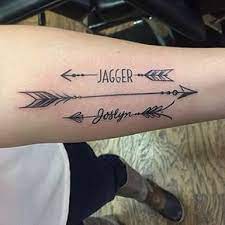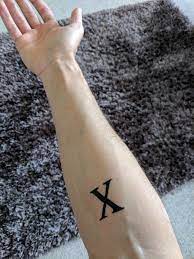
Tattoo designs must be applied to the skin using transfer paper, which comes in carbon paper and thermal transfer paper. Both have their advantages and drawbacks.
Inspiration:
– Find inspiration for your tattoo design by reflecting on what inspires you, such as animals, things that bring joy, or places you’ve visited.
– Study other people’s artwork, especially tattoo artists, on platforms like Instagram.
Preparing Artwork for Stenciling:
– To prepare for stenciling, create a stencil by tracing the design onto a sheet that fits into a thermal printer.
Practice:
– Practice drawing by tracing simple designs or creating stencils.
– Start tracing basic designs on paper until you feel confident tracing straight lines.
– Add shading and color using colored pencils or pens to develop your skills further.
– Practice on 3D objects to learn shading, coloring, and creating different textures.
– Use a lightbox to improve tracing and drafting skills.
Design:
– Consider how realistic the tattoo design should look without becoming too detailed for tracing later.
– Use thick, precise lines on tracing or wax paper to draw the design on regular paper accurately.
– Use apps that allow you to create and transfer designs onto paper, such as MediBang Paint.
Transfer:
– Transferring a tattoo design from paper to skin is crucial before tattooing.
– Different stencil papers, such as carbon paper and thermal transfer paper, are used for the transfer process.
– Carbon paper is cost-effective but messy, while thermal transfer paper offers precise image transfer.
– Apply the design using pressure or an automated machine for more efficiency and precision.
– Cleanse the skin and apply the stencil carefully to avoid air bubbles or creases.
– Ensure the skin is dry and free of any hair that could interfere with tattooing.
Conclusion:
Drawing and transferring tattoo designs on paper requires careful consideration, practice, and the use of appropriate transfer methods. By following these steps, you can create unique and meaningful tattoo designs ready for application onto the skin.

